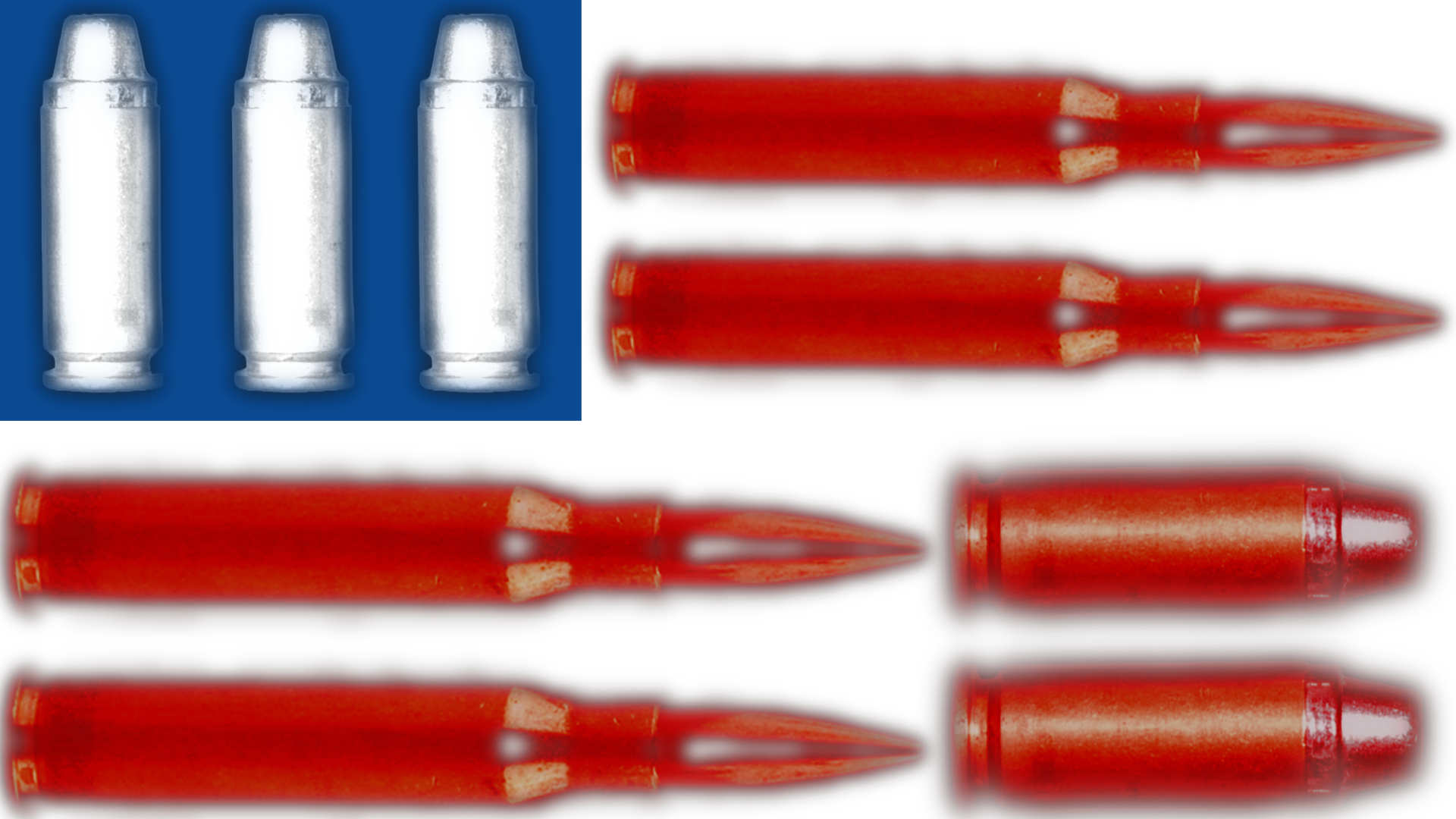Every year, the nation is shocked as news of another shooting is shown on the TV screen. However, as officials and representatives give their thoughts and prayers, students across the country are left wondering when the violence will end.
The main shared sentiment among many high school students is that to combat gun violence and gun-related deaths, the accessibility of firearms must be dramatically reduced. Arguing that with an increased presence of firearms, an increase in gun violence would also follow.
According to data from the Bureau of Alcohol, Firearms, and Tobacco (ATF), more than 3.5 million firearms were processed and registered in 2023. That number has reportedly increased since 2005, when only 147,484 firearms were processed. Additionally, according to data from the Pew Research Center, gun-related deaths have risen rapidly since 2010 and spiked in 2021, breaking former records in total deaths.
“Guns are so available now. You can even go to a Big Five Sports Center where kids go shopping for their first t-ball glove or their first pair of cleats for soccer or something, and you look over and see this giant rifle section, and I think that’s scary seeing how widespread it is in America,” said Jordan Reed a junior at Homestead High School.
Many students like Reed firmly believe that gun violence, though stemming from a multitude of factors, ultimately boils down to the amount of firearms in circulation and how easily they’re obtained. One of these branching factors is the poor accountability of some firearm owners, leading them to be misplaced, stolen, or worse, used in a violent crime.
“Negligence and accessibility go hand in hand, but being responsible for a gun isn’t something that we can control, while accessibility is,” Reed said.
Another argument has been the increased popularity of firearms for self-defense. Yet, many students disagree with this standpoint since if guns were widely inaccessible, it would be unnecessary to own one to defend oneself against an armed robbery or shooting.
“I think the argument for using a gun for self-defense is not the strongest because, say, if the person mugging you in the middle of the night didn’t have a gun in the first place, well, then you wouldn’t need one to defend yourself,” said James Mauck, a junior at Carlmont High School.
Unfortunately, it should be mentioned that according to the U.S. Gun Violence in 2021’s annual report by John Hopkins Bloomberg School of Public Health, in 2021, there were roughly 7.53 suicides by firearm per 100,000 people, and the rate is said to increase as more firearms enter circulation. With suicide, prevention starts with denying the means of the act being carried out. Tragically, however, due to the high volume of firearms in the country, prevention becomes a difficult task.
“As long as someone who is depressed has access to any means to unfortunately end their lives, they would very likely abuse that chance. Whether a bridge or pills or a gun. The means are there, and guns happen to be very widespread and accessible,” said Samridhee Bhatt, a junior at Dublin High School.
Furthermore, the discussion of mental health has played a crucial role in determining the safety of allowing an individual to purchase a firearm. Thus, Reed and others believe that “the 70 days to get a license and gun is not enough time for people to be evaluated beneath the skin” and that overall mental health screening should become more rigorous.
“Mentally ill people should not be allowed to own guns, and there needs to be more extensive restrictions in that field. I think that it’s not a violation of your Second Amendment rights not to be given a gun because you’re mentally unstable,” Mauck said.
Above all, it should be stressed that many students aren’t advocating for the total ban on firearms but for their appropriate ownership within reason. The usage of firearms for hunting and protection against wildlife is a popular argument.
“My Grandpa owns livestock in the middle of rural California. He has to frequently protect his livestock and livelihood from wildlife like coyotes and wolves, and I’ve seen him shoot animals that could easily kill him or his lifestyle, so there are definitely legitimate reasons for owning guns,” Mauck said.
Additionally, regarding shooting sports, both Mauck and Reed emphasize that although obtaining firearms should be more restrictive, firearms for sporting purposes should remain relatively accessible.
“Obviously, there are certain limits, but it is a real sport. I know I would never partake in it, but it’s still impressive the shots some people can take, and I can completely understand why they would be mad if guns were made more restrictive because it is their sport. That’s why gun ownership within reason is so important,” Reed said.
Moreover, the issue of widespread access to assault weapons and handguns has been a hotbed of debate for many politicians, activists, and students. Thus, to most students, the distinction lies within the intended design and purpose of the firearm itself.
“There are differences between the guns that are used in mass shootings, homicides, and suicides. For homicides and suicides, it’s primarily handguns, while for mass shootings, it’s primarily assault weapons. These weapons are not used in hunting and very infrequently used for defense against the natural world,” Mauck said.
Despite heated debate between both sides, one thing can be agreed upon. People are getting hurt and killed, and thus begs the question of many students across the country, “When will it be unnecessary to give our thoughts and prayers?”
“America has been fighting for the individual rights of Americans since 1776, which includes the Second Amendment, but where is the point at which we value the lives of others rather than tools of destruction?” Reed said.



